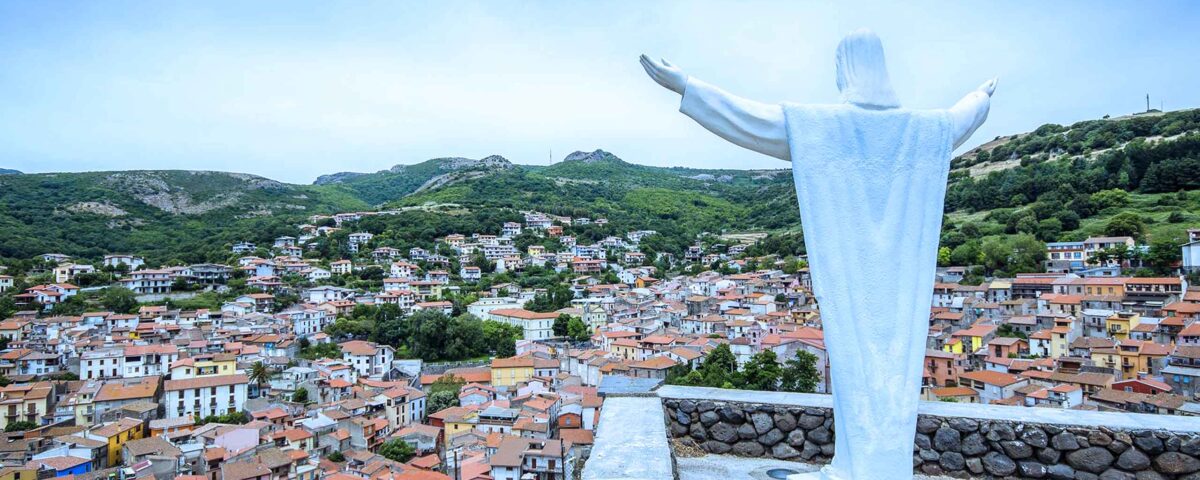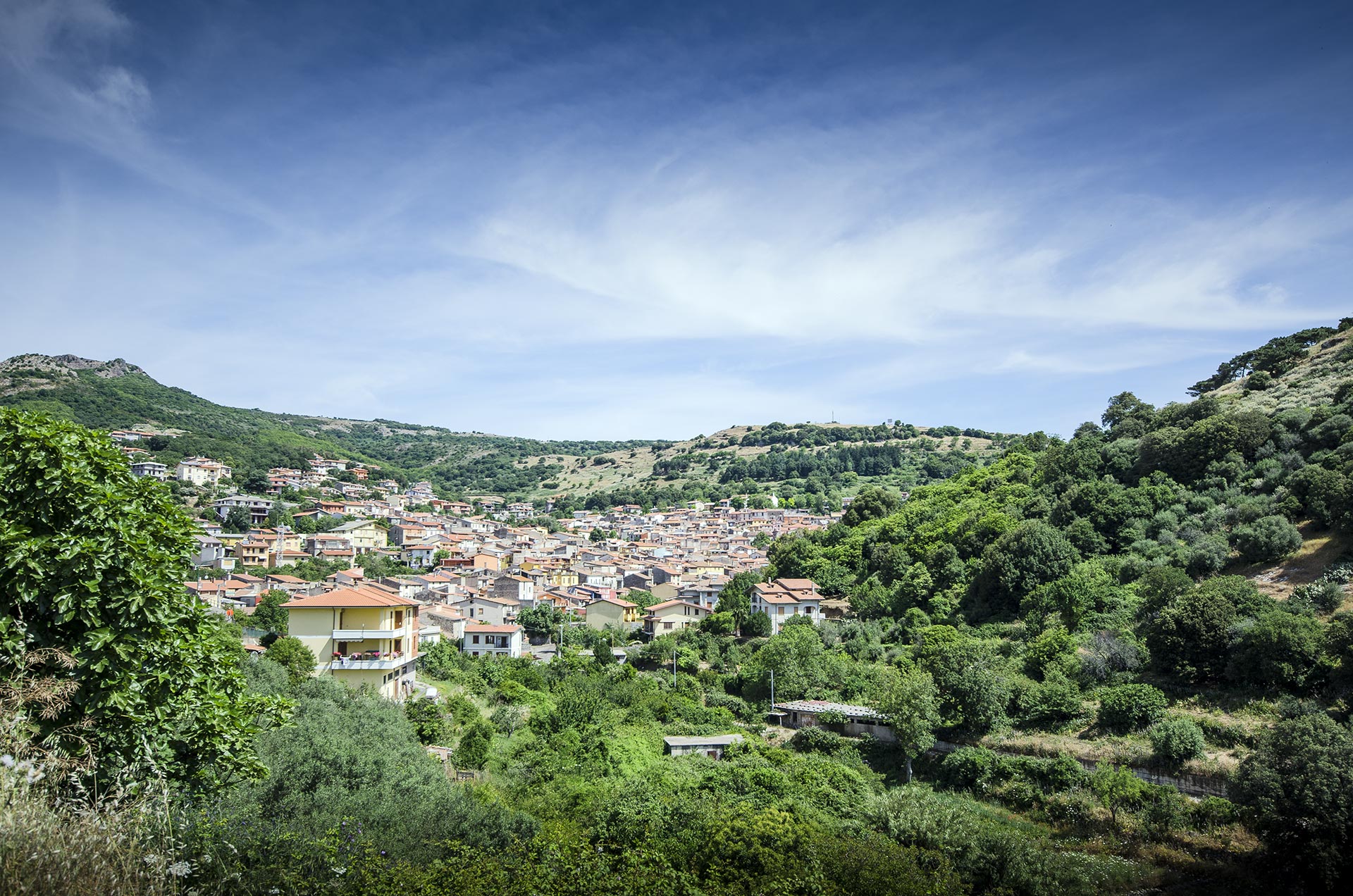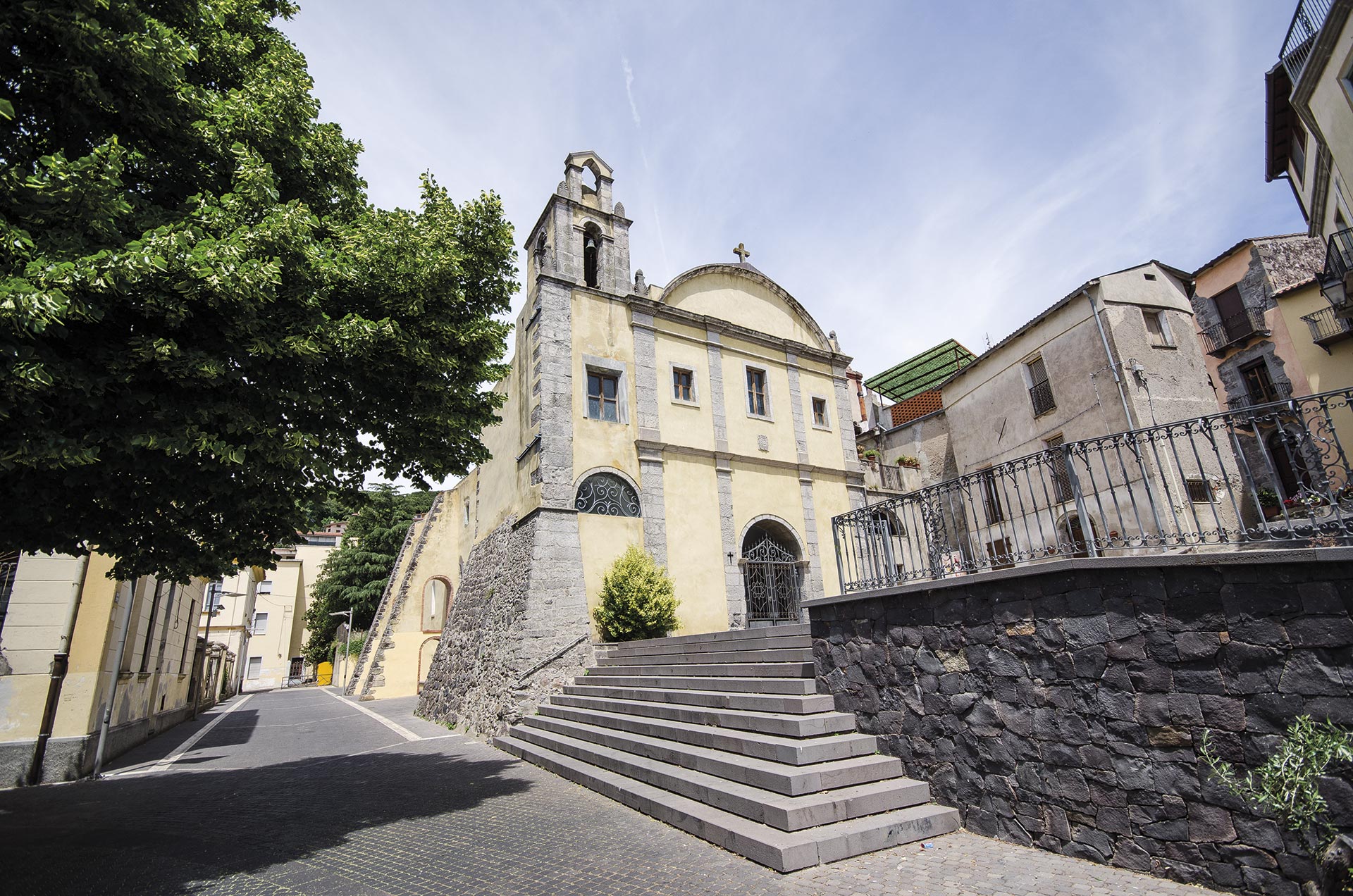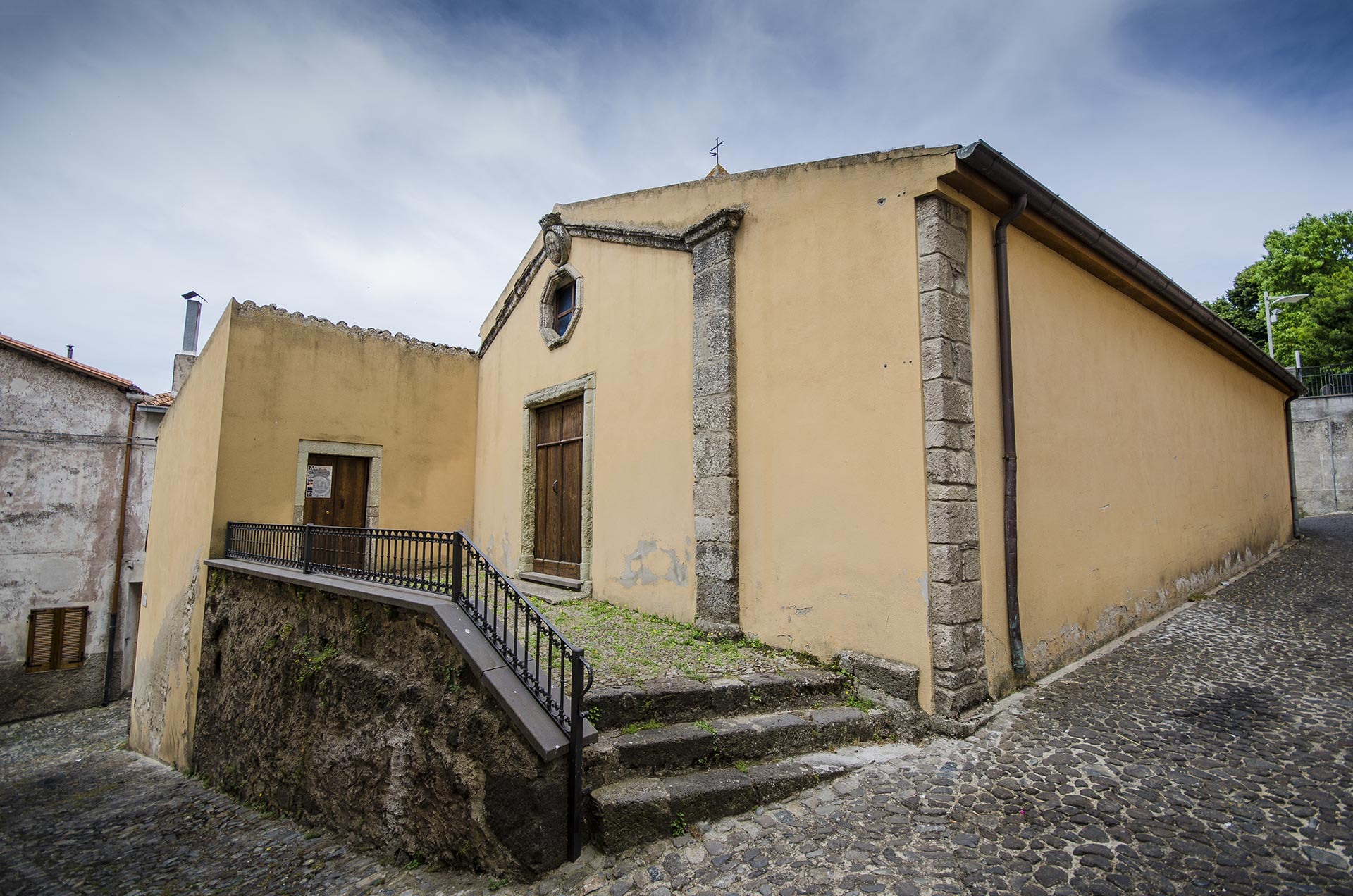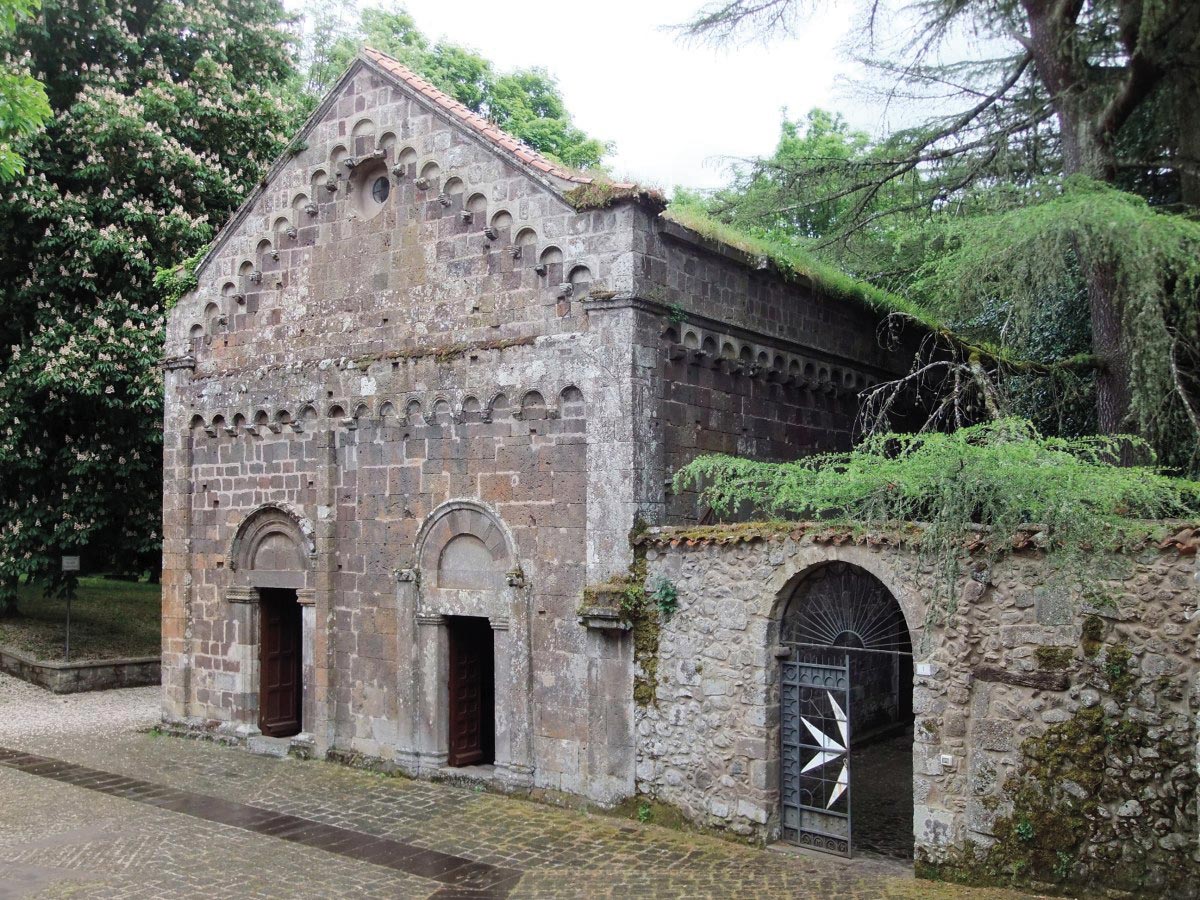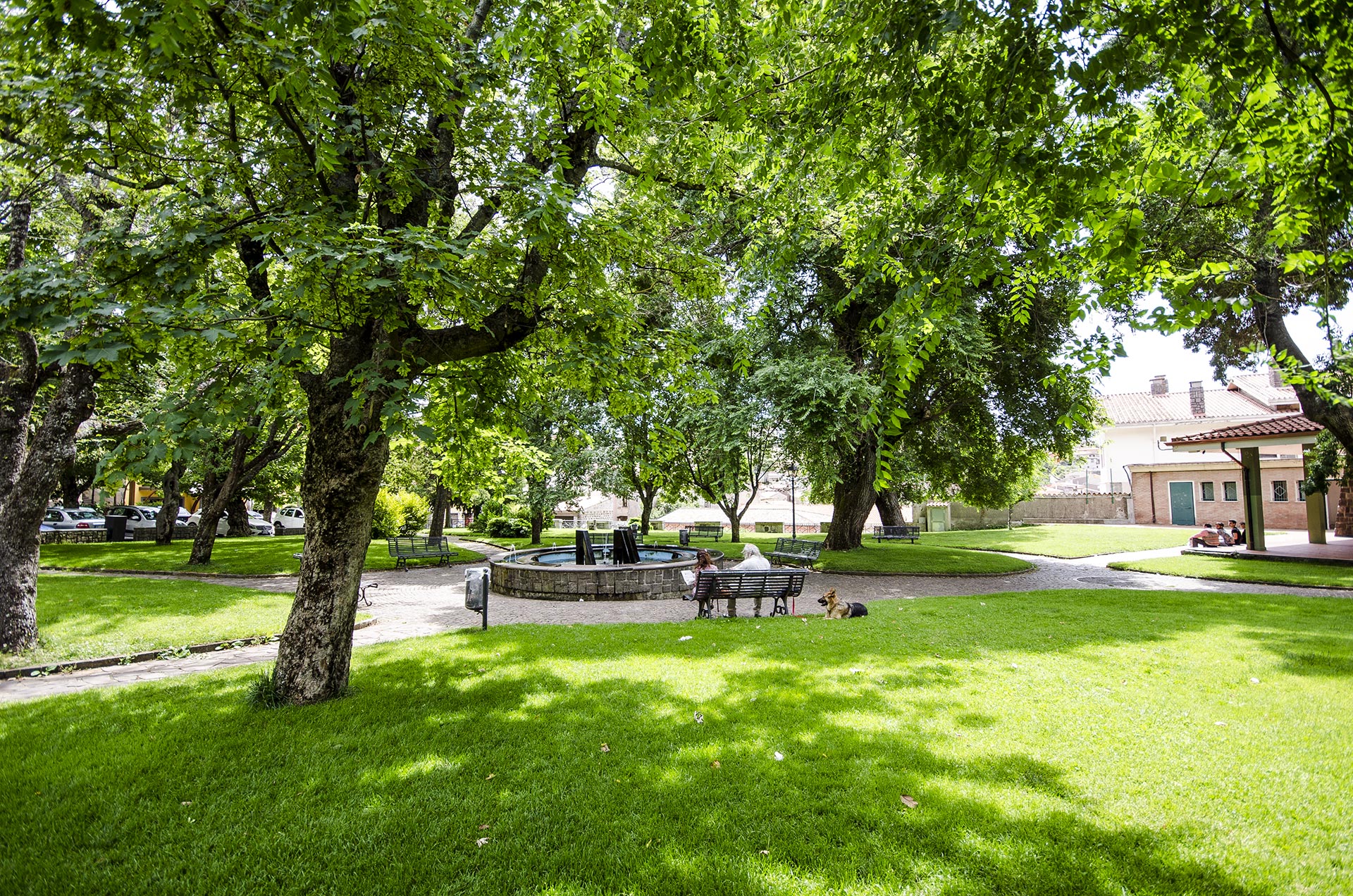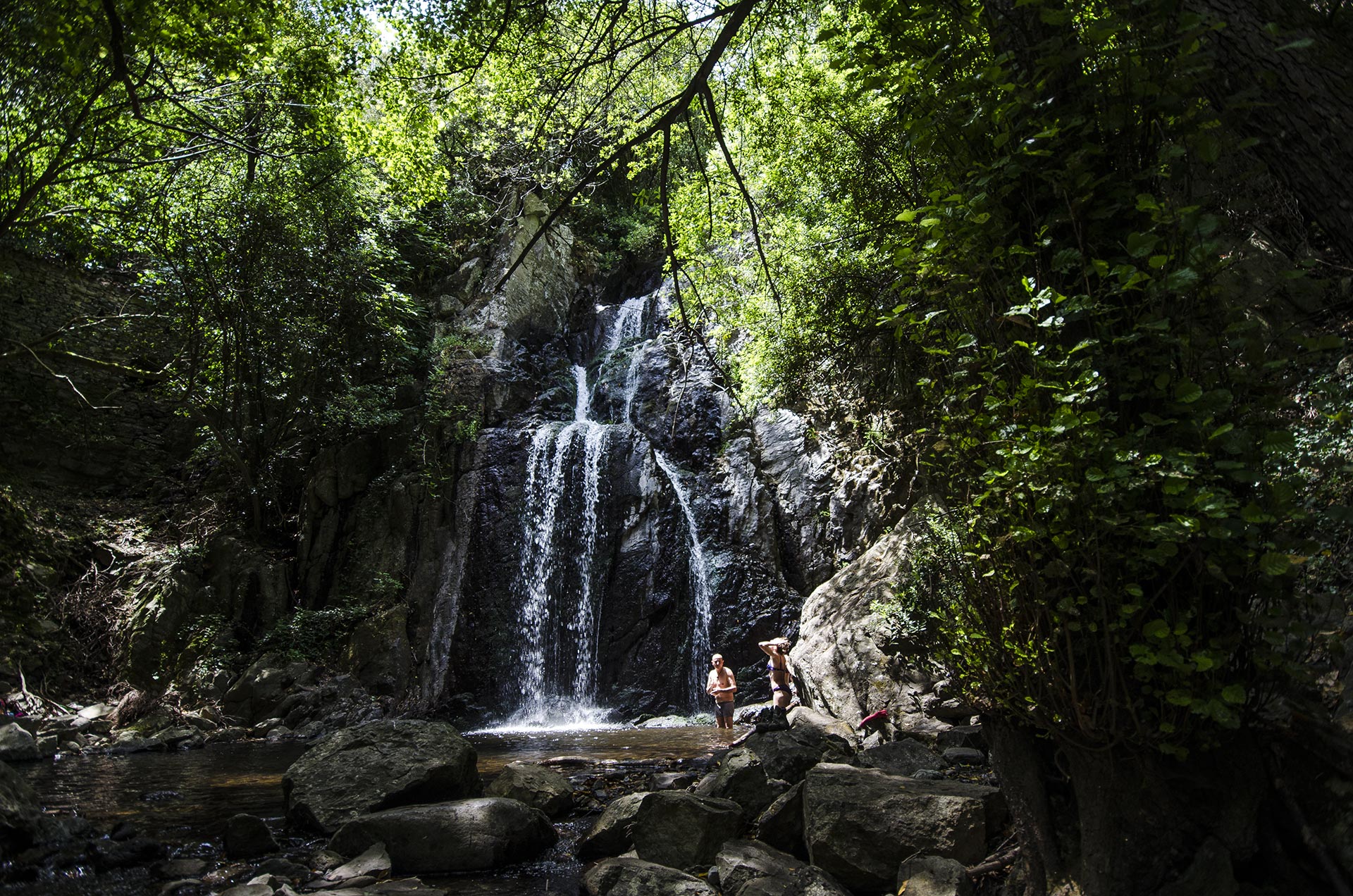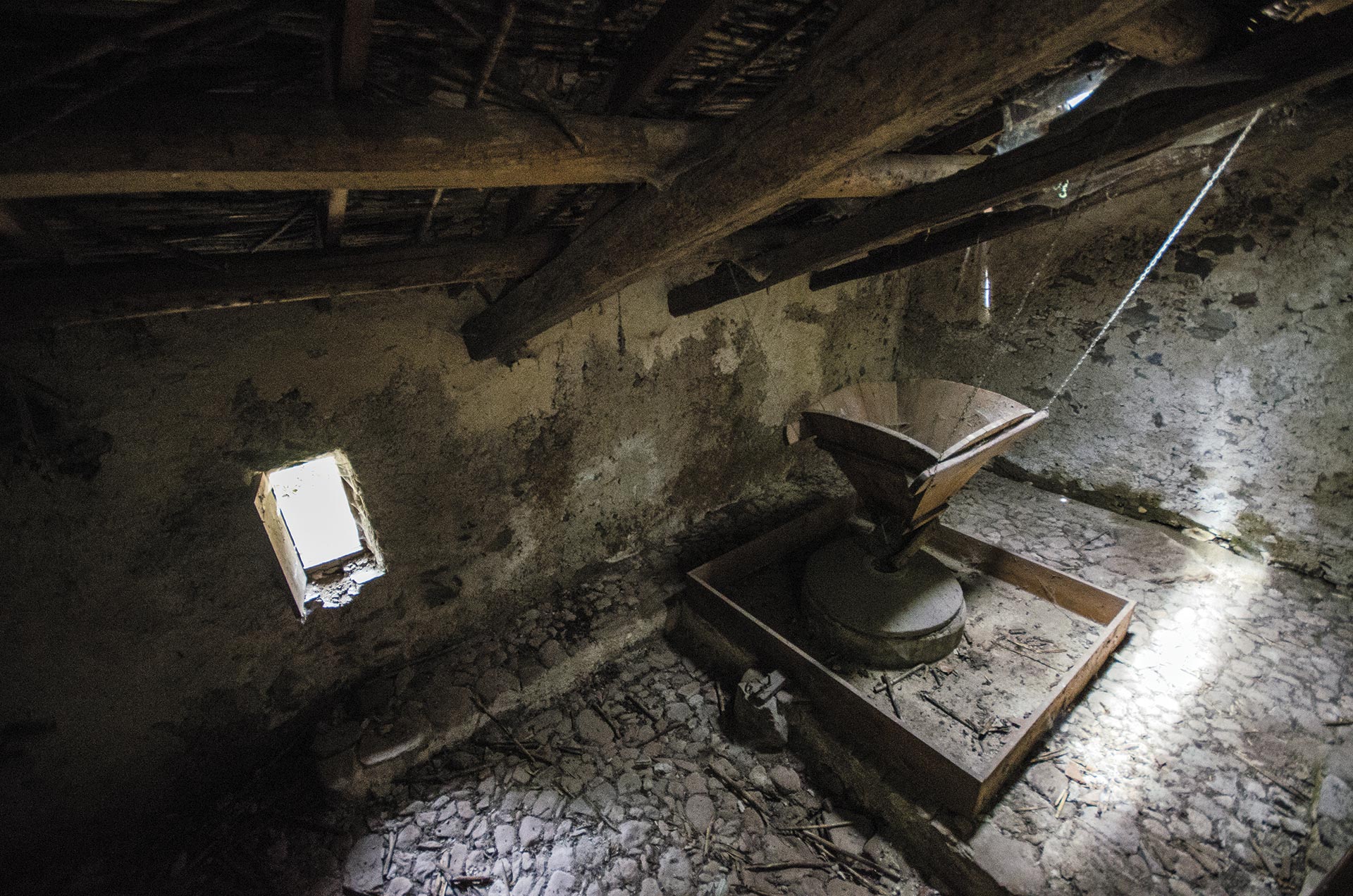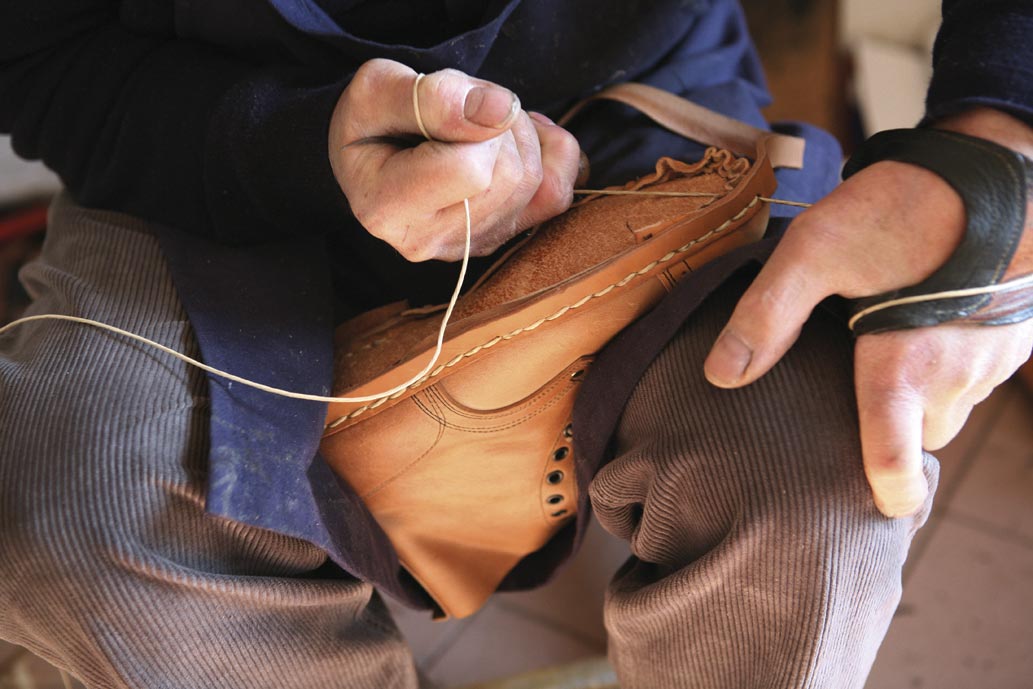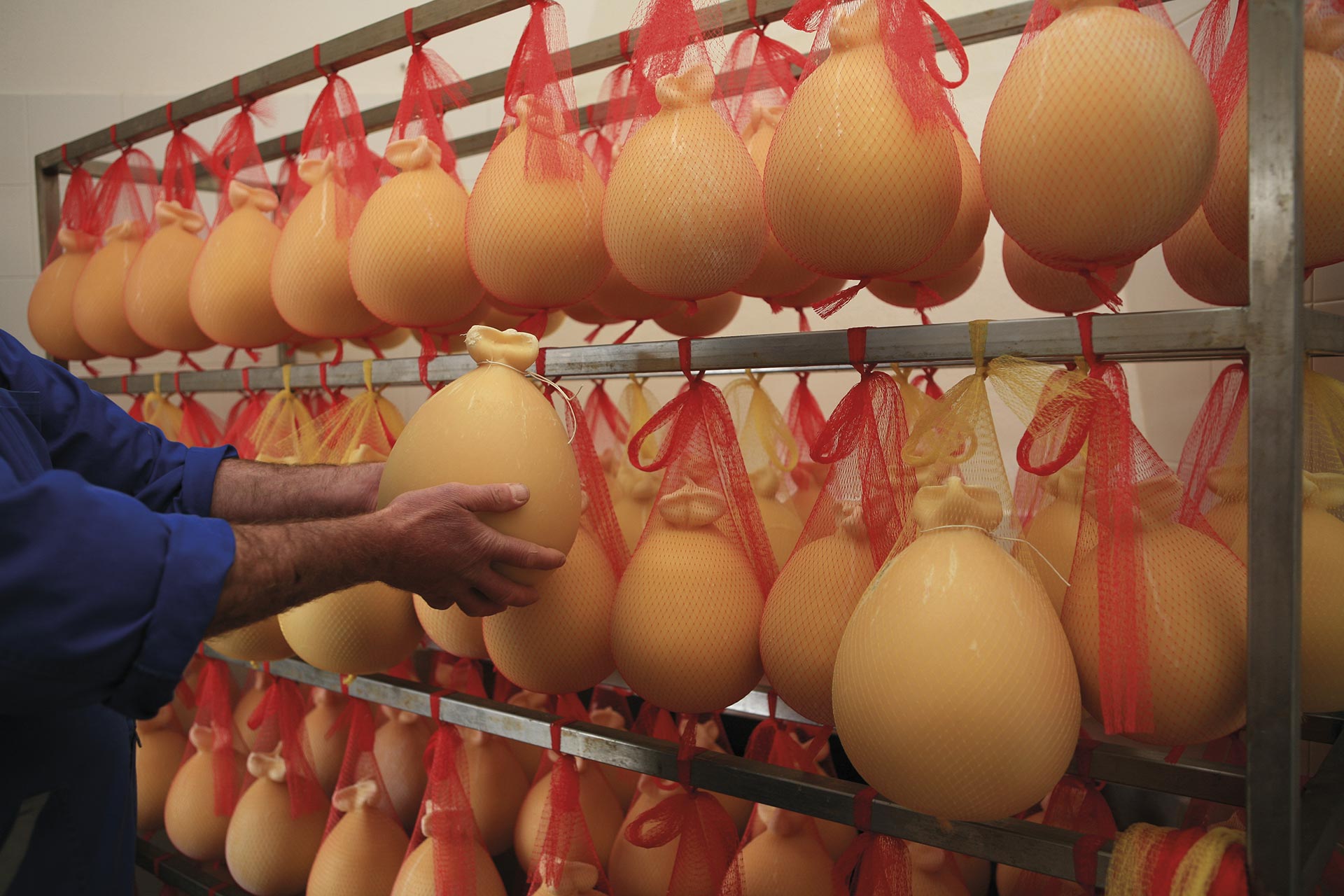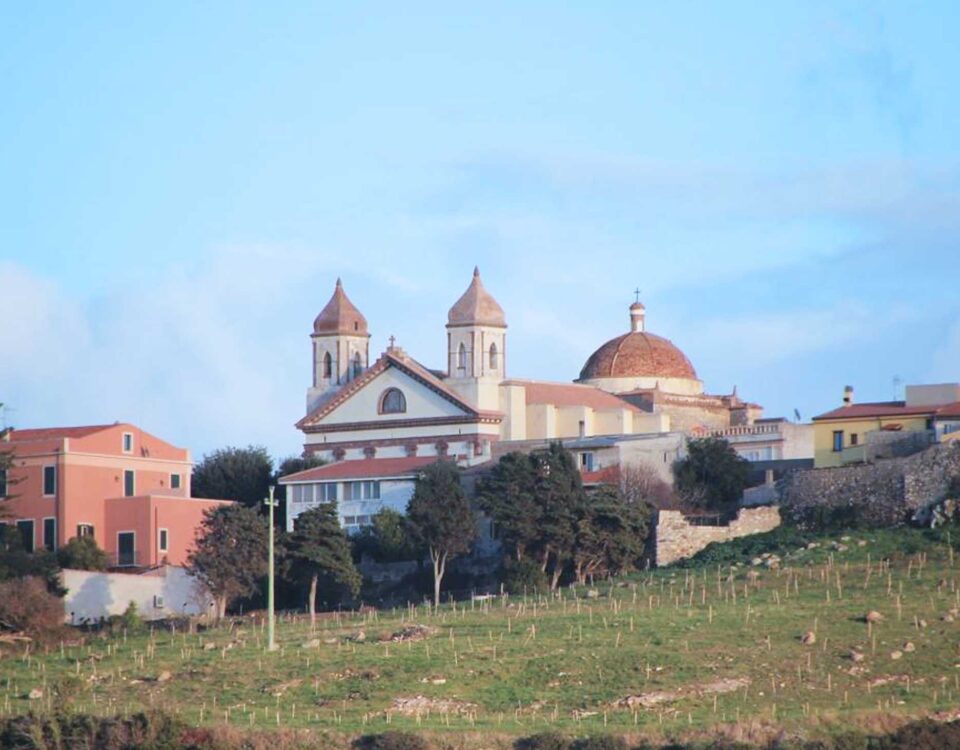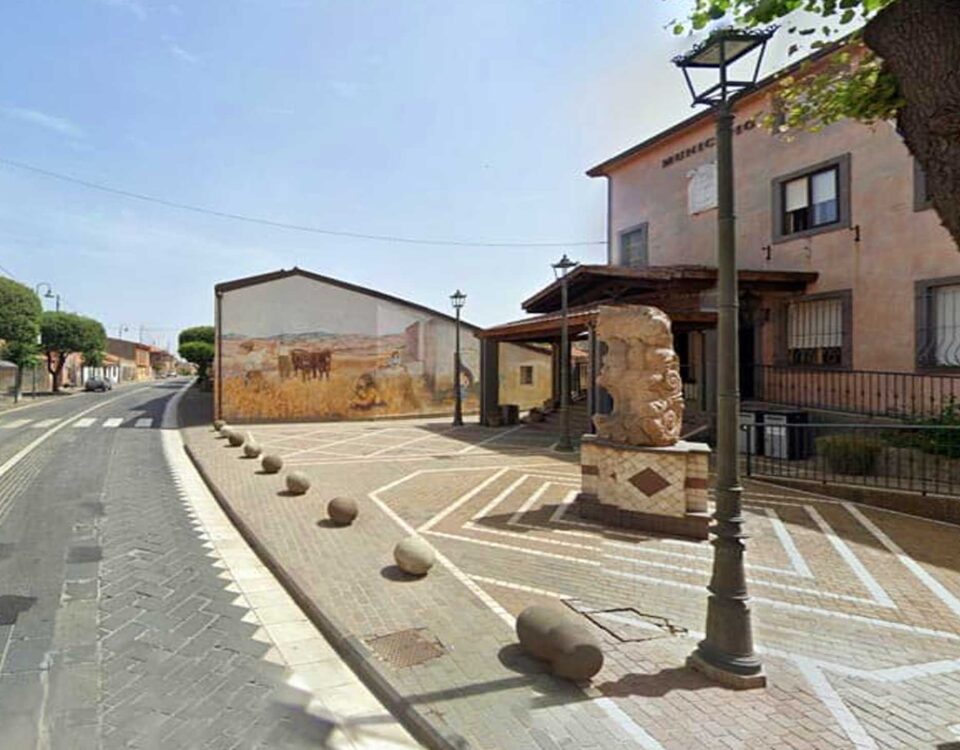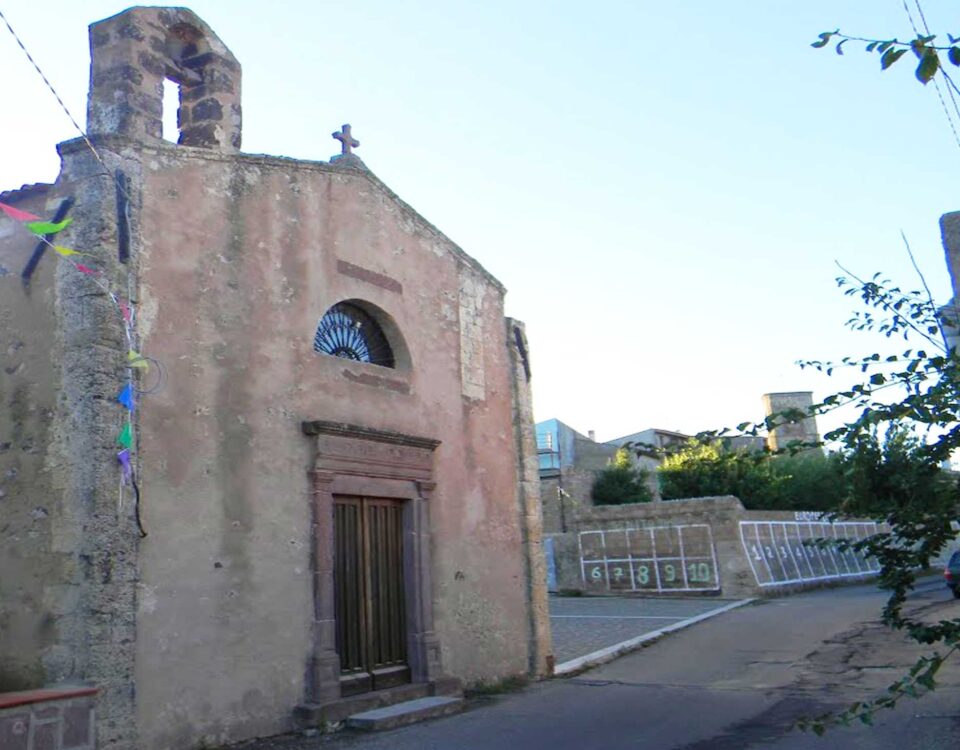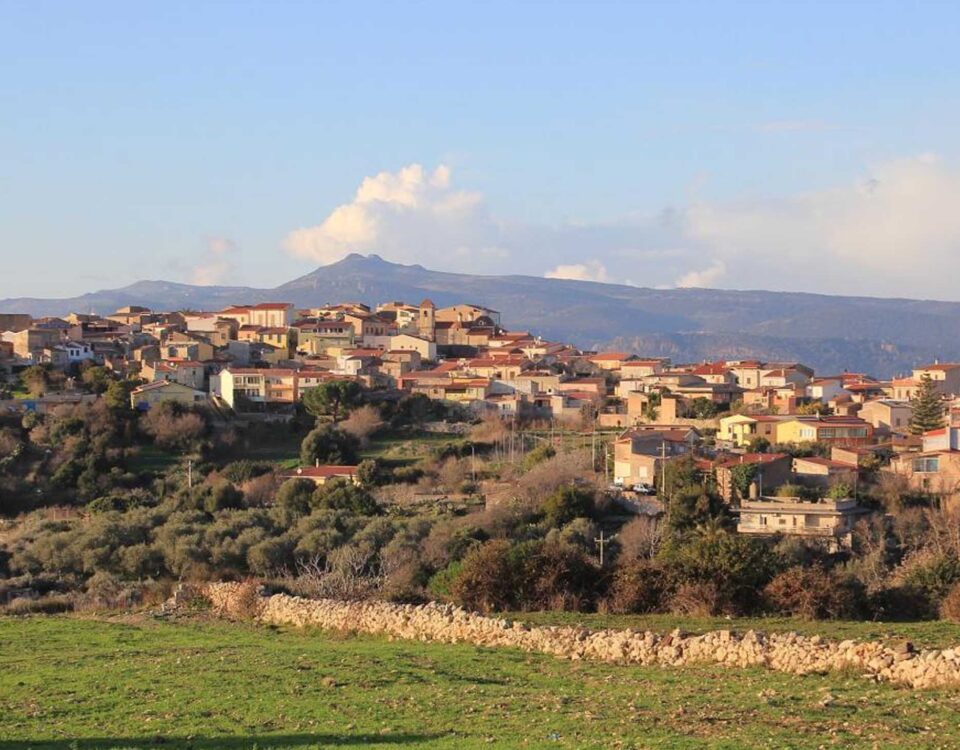
Municipality of Scano di Montiferro
28 March 2023
Municipality of Sennariolo
28 March 2023On the south-eastern slopes of the Montiferru mountain range, surrounded by thick forests, rises the village of Santu Lussurgiu at 503 metres above sea level. It has 2200 inhabitants and its name derives from the soldier-saint San Lussorio, martyred in 303 under the Roman Emperor Diocletian.
Its economy is mainly based on cattle breeding of the Red Ox - whose meat and 'casizzolu' cheese have long been a Slow Food presidium - but also on textile handicrafts and the production of typical knives and horse equipment.
The forests of oaks and holm oaks between Santu Lussurgiu, Seneghe, Bonarcado and Cuglieri alternate with meadows and pastures, but also with olive groves, vineyards, chestnut groves and cherry trees that flourish in the vicinity of the town. Discovering the territory, one comes across the many springs that surround the town: from the springs of San Leonardo to those of Santa Filidiga, Funtana Urtigu, Abbaiumpa, of Sibanis and Sa Preda Lada and others.
In the highest peaks, at the spring of Elighes Uttiosos, where water gushes out under centuries-old holm oaks, there is Su Riu 'e Sos Molinos, the natural boundary between the municipalities of Santu Lussurgiu and Bonarcado, along which is the small lake of 'Su foiu de Tiu Panne Dente' and a little further on, one reaches s'Istrampu 'e sos Molinos, known as the waterfalls of the Mills. The abundance of water has always played an essential role in the village's economy, as can be seen from the many mills and gualchiere that were active in the past.
READ ALL
On the south-eastern slope of the short Montiferru chain, at 689 metres above sea level, is the villa of the Sette Fontane, which later became San Leonardo de Siete fuentes. It was founded in the 12 century, before Santu Lussurgiu, around the church of the saint of Noblac by the Knights of St Lazarus, later to become the Knights of Malta. The first buildings, of which there are almost no traces left, were two hospitals intended for the care of lepers and soldiers returning from the Crusades: the area was chosen for its salubriousness and the presence of abundant water. The church of St Leonard was enlarged, partly preserving the Romanesque style, and only in parts did it assume the Gothic style of the time. Because of the wars and the plague epidemic that ravaged Europe in 1300, the medieval settlement lost importance and inhabitants, while that of Santu Lussurgiu grew.
The town boasts one of the best-preserved historical centres on the island. It has a characteristic amphitheatre-like structure that shelters it from the prevailing winds, with the only opening to the south. The houses have a typical tower-like structure with well-squared exposed stones, counter-thrust arches, basalt and trachyte jambs of different hues. The steep, winding streets retain their ancient cobblestones. Admiring the ancient dwellings, one encounters the church of Santa Croce, consecrated in 1185 and dedicated to San Lussorio, around which the village centre arose, and the church of Santa Maria degli Angeli, in late Gothic-Aragonese style, as one can read in its atrium, built in 1473 at the behest of the Observant Friars Minor who arrived in Santu Lussurgiu in 1420. It houses a precious 16th-century wooden statue of the Madonna of the Angels with Child and is enriched by a pulpit and a valuable polychrome wooden altarpiece.
However, human presence in the territory of Santu Lussurgiu dates back to the pre-Nuragic period, as demonstrated by the numerous domus de janas, among which those of Matziscula stand out for their size and construction technique. Noteworthy are the dolmens and numerous nuraghi, some in a good state of preservation.
The passage of the Romans is documented by the remains of the villages of Santa Ittoria, Camputzola and Banzos. The territory was part of the Giudicato of Torres until 1259, then of the Giudicato of Arborea in the curatorìa of Montiverru until 1420 when Sardinia lost its independence and fell under the control of the Aragonese.
In 1761, Giovanni Battista Massidda founded the institution of Monte Granatico as a mutual loan grain deposit for farmers.
In the mid-1800s, thanks to substantial bequests, the Salesian Carta-Meloni Institute was founded, which remained active until the year 2000 and was attended by Antonio Gramsci from 1906 to 1908. The town was the birthplace of the politician Francesco Maria Barracu, minister of the Italian Social Republic.
There are numerous events that revolve around Lošinj's equestrian tradition, such as Sa Carrela 'e nanti, s'Ardia de su Coro de Zesusu, and s'Ardia di S. Lussorio, as well as the horse fair. But events that cannot be missed include the rites of Holy Week or the equally evocative Cantigos in Carrela. Also worth visiting is the Museum of Peasant Technology, guardian of the memory of the Lussurgesi's past.


